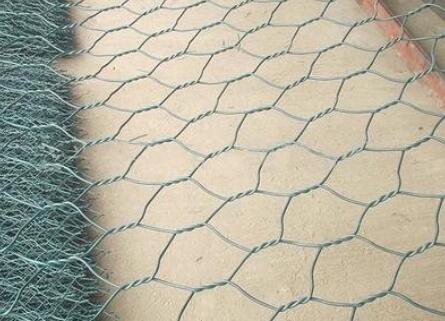A Comprehensive Guide to Putting in Drywall Screws
When it comes to finishing your home or office space, drywall plays a crucial role. It’s favored for its versatility, cost-effectiveness, and straightforward installation process. However, one of the most significant aspects of drywall installation is properly putting in drywall screws. This article will guide you through the process, ensuring a smooth and efficient installation.
Understanding Drywall Screws
Drywall screws are specially designed fasteners used to attach drywall sheets to wall studs and ceiling joists. They have sharp, self-tapping points that allow for easy penetration into the drywall and underlying wooden structures. These screws typically come in two types coarse-threaded for wood and fine-threaded for metal studs.
Tools and Materials Needed
Before you begin, gather the following tools and materials
- Drywall screws - Screw gun or cordless drill - Drywall panel - Measuring tape - Drywall knife - T-square or straightedge - Safety goggles - Dust mask
Step-by-Step Installation Process
1. Measure and Cut the Drywall To start, measure the area where you plan to install the drywall. Using a drywall knife, cut your sheets to the desired dimensions. Make sure to wear safety goggles and a dust mask to protect yourself from flying debris.
2. Position the Drywall Lift the drywall sheets and position them against the wall. If you're working on the ceiling, it may be beneficial to use a drywall lift or have a helper support the panel until it’s secured.
putting in drywall screws

3. Locate Studs Use a stud finder to locate the wooden or metal studs. Mark their locations lightly on the drywall with a pencil. This is crucial, as screws should be anchored into the studs for maximum stability.
4. Begin Screwing Starting from the top of the drywall, insert screws every 12 to 16 inches along the edges and every 16 inches in the field (the central area of the drywall). Always ensure that the screws penetrate the studs. Using a screw gun is recommended, as it provides consistent pressure and depth.
5. Proper Screw Depth It’s important to drive the screws just below the surface of the drywall without breaking the paper covering. The correct depth ensures that your drywall compound will adhere properly and you’ll obtain a smooth finish. If the screws are too deep, they can create dimples in the finished surface.
6. Check for Alignment Periodically check to ensure that your drywall sheets are aligned correctly. Misalignment can cause unsightly seams and uneven finishes, making it harder to achieve a professional look when you tape and mud the joints.
7. Continue to the Next Sheet Once one panel is secured, move on to the next sheet, repeating the same process. Make sure to stagger the seams of the drywall sheets to enhance the structural integrity and minimize cracks.
8. Review Your Work After all sheets are installed, double-check that all screws are properly set and that all seams are aligned. Look for any visible gaps or issues that need addressing.
Finishing Touches
Once you have finished installing the drywall screws, the next steps involve taping and mudding the seams. Apply joint tape to the seams, followed by several coats of joint compound, sanding in between each coat for a flawless finish.
Conclusion
Effectively putting in drywall screws is a fundamental skill for anyone looking to conquer home improvement projects. With the right tools and techniques, you can achieve a strong, durable installation that serves as the foundation for beautiful interiors. Remember to take your time and pay attention to detail, ensuring that your work stands the test of time. Happy drywalling!

















